Unleashing Umami: Japanese Dashi and Mie’s Gourmet Delights

“Umami” isn’t just a sensation; it’s the fifth basic taste component, alongside sweetness, sourness, saltiness, and bitterness. First discovered in dashi (broth) by Japanese scientists, it was found that our tongues have specific receptors to detect the umami component in foods. The word “umami,” born from the Japan’s particular, delicate sensibility, has now become a universal term recognized worldwide.
- Discover the Origins of Umami: The Traditional Craft of Katsuobushi
- 0.01 mm of Pure Umami, Sourness, and Sweetness: Sakatoku Kombu’s Oboro Kombu
- Create Your Own Dashi Blend at Additive-Free Store Okume by VISON
- Indulge in a Course of Pure Umami with Mie-Brand Anorifugu, the King of White Fish
- Oyster Hitsumabushi: A Whirlwind of Flavor with a Rich Oyster Chazuke Finale
- Access to Mie Prefecture
Discover the Origins of Umami: The Traditional Craft of Katsuobushi
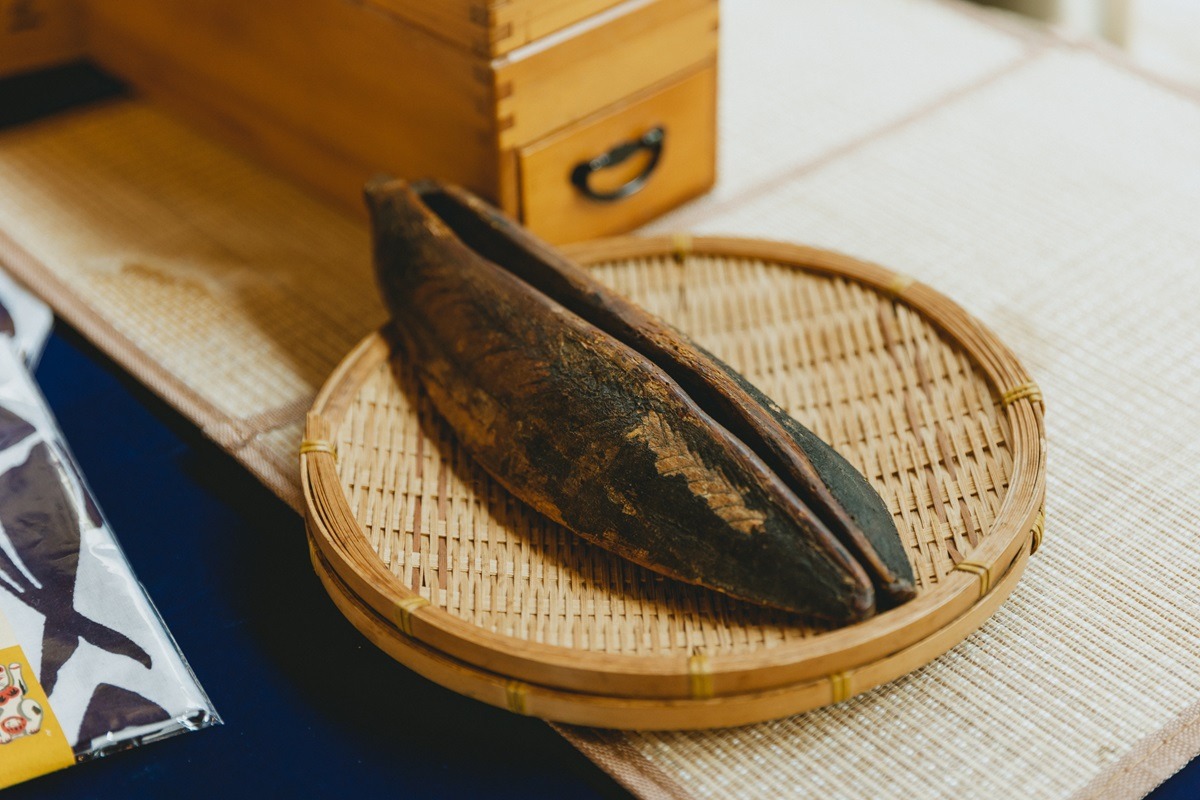
For 1,500 years, twice a day, come rain, wind, or typhoon, the priests of Ise Jingu have unfailingly offered up meals to the gods. This sacred food offering is known as shinsen, and at the heart of it lies katsuobushi (dried bonito).


In 2022, Katsuo no Tenpaku “Katsuo Ibushi Goya,” operated by Maruten and located in Nakiri, Daio Town , within Mie Prefecture’s Shima City , was registered as a Tangible Cultural Property of Japan. The area itself was named “Nakiri” during the Nara period (710–794), and historical documents indicate that katsuobushi was produced for the imperial court. While there once used to be over 100 katsuobushi shops, only three remain today.
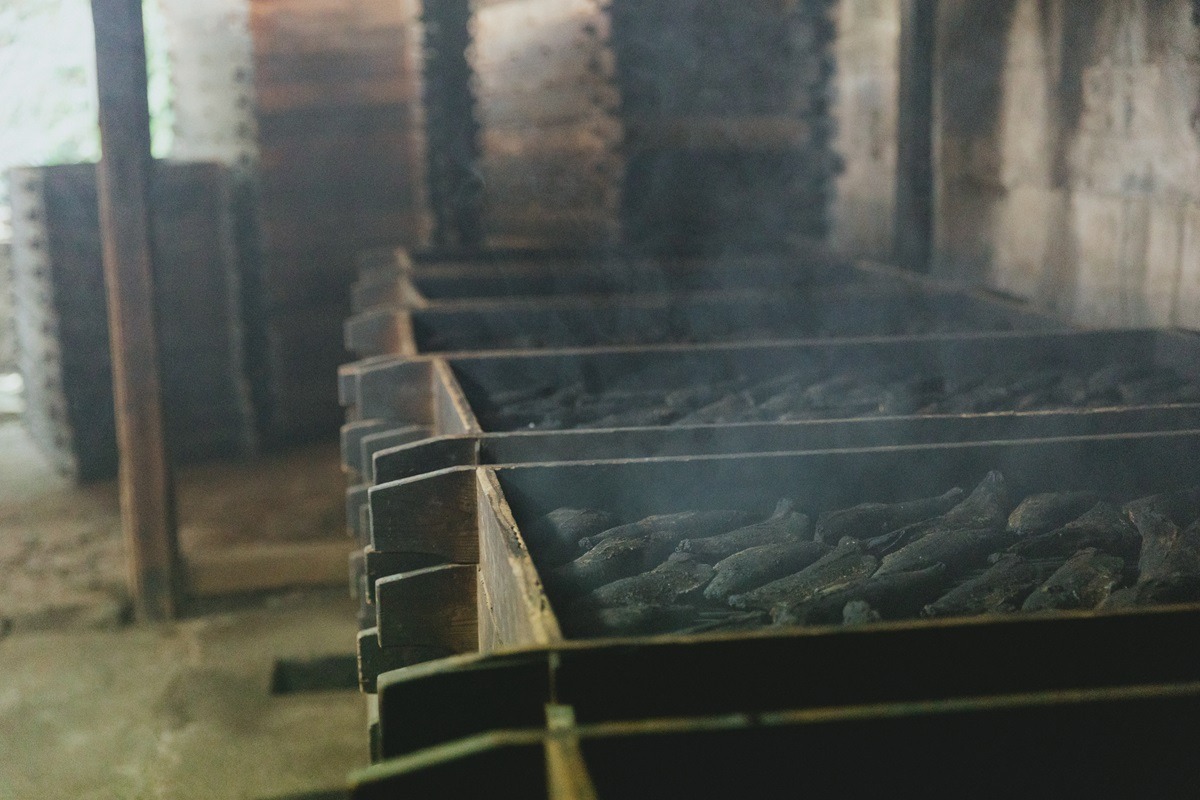

At this ibushi, or katsuo-smoking hut, katsuobushi is made using the tebiyama method, perfected in the mid-Edo period (around the 18th century). Bonito is placed in steamers stacked in five to six layers and smoked directly over firewood repeatedly every morning for about a month to remove moisture. It is then left to mature in a small mold-cultivation room, enhancing its umami. By the time September’s autumn winds begin to blow, the katsuobushi is ready.


Shinjin kyoshoku is the act of offering a meal to the gods and sharing leftover food with participants to receive divine strength. “The spirit of offering the best meal to the gods is the essence of Japanese hospitality,” says Tenpaku. He explains that the DNA of Japanese people, who have favored katsuobushi since the Nara period, is equipped to sense its umami.
During the Tenpaku Ibushi Hut Tour (1.5-2 hours, incl. okaka bonito-flake rice and sacred sake tastings, reservation required), Tenpaku Yukiaki and fifth-generation Kikuchi Kisa unravel the process of making katsuobushi, its connection to Ise Jingu Shrine and the gods, and the importance of food culture through its festivals and history.
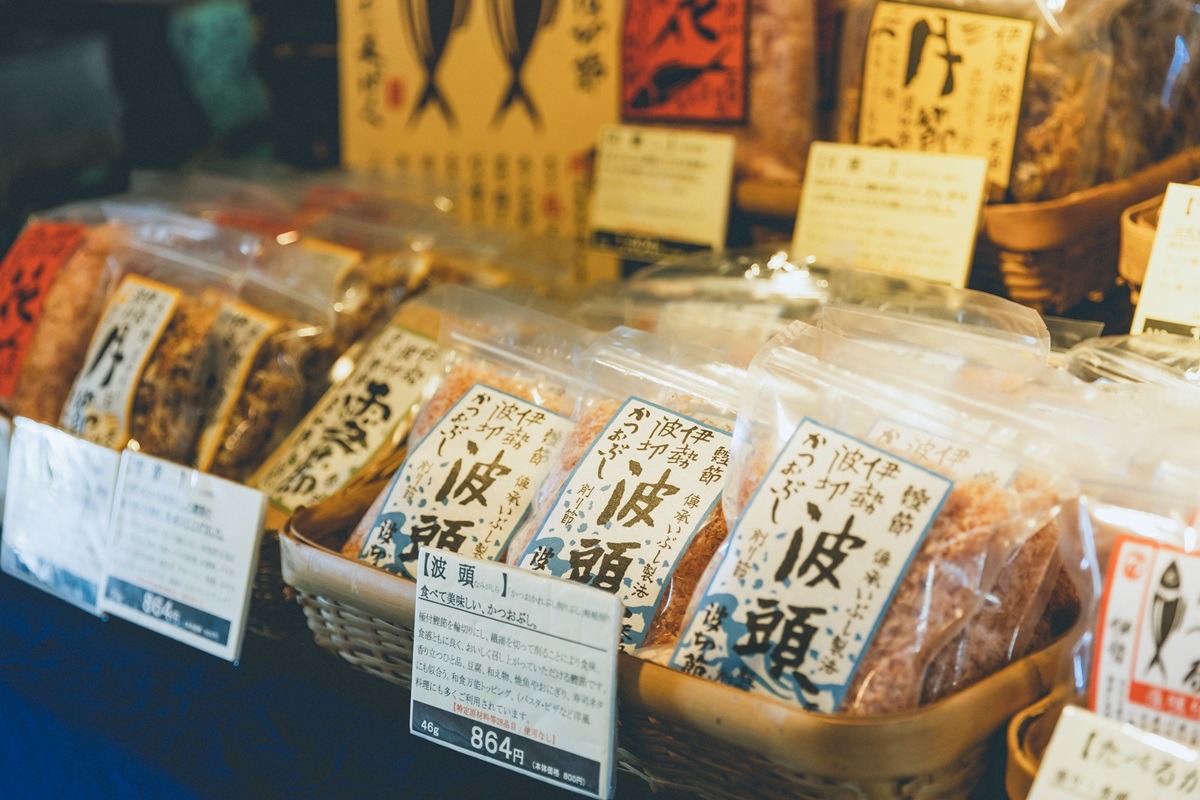

Katsuo no Tenpaku (Maruten Co., Ltd.)
Address: 2545-15 Nakiri, Daio-cho, Shima-shi, Mie-ken
Tel.: 0599-72-4633 (9:00-17:00, closed on weekends and holidays)
The ibushi smoking hut tours are held every Friday. From October to May, tours are at 11:00 and 13:00; from June to September, tours are only at 10:00. Tour duration is about 1 hour. Participation is possible from the age of 10 (fifth grade or older). Fees are 2,500 yen for adults (high school students or older), 1,800 yen for junior high school students, and 1,200 yen for elementary school students (ten years or older). Reservations can be made up to four days before the tour.
0.01 mm of Pure Umami, Sourness, and Sweetness: Sakatoku Kombu’s Oboro Kombu
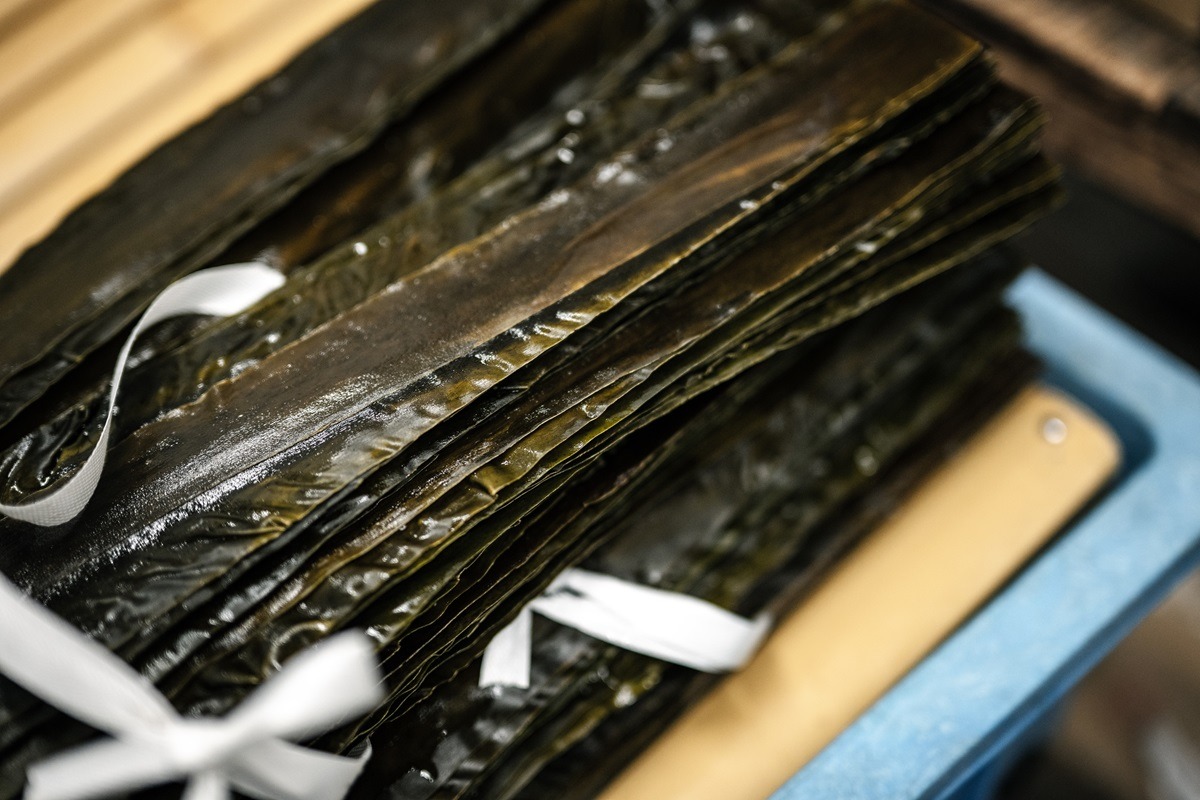
As a shinsen food item enjoyed by the gods, kombu seaweed is paired with katsuobushi to create dashi, the foundational broth of Japanese cuisine. The inosine monophosphate (IMP) from katsuobushi combined with the glutamate from kombu creates a heady umami effect, producing a strong, natural dashi that does not become salty however long the kombu is boiled.
Kombu, a nutritious and umami-rich dashi ingredient, is not only delicious but also used in its entirety without any waste. Considered a lucky charm for its association with joy, it is an indispensable part of Japanese life, cropping up in everything from daily meals to gifts.
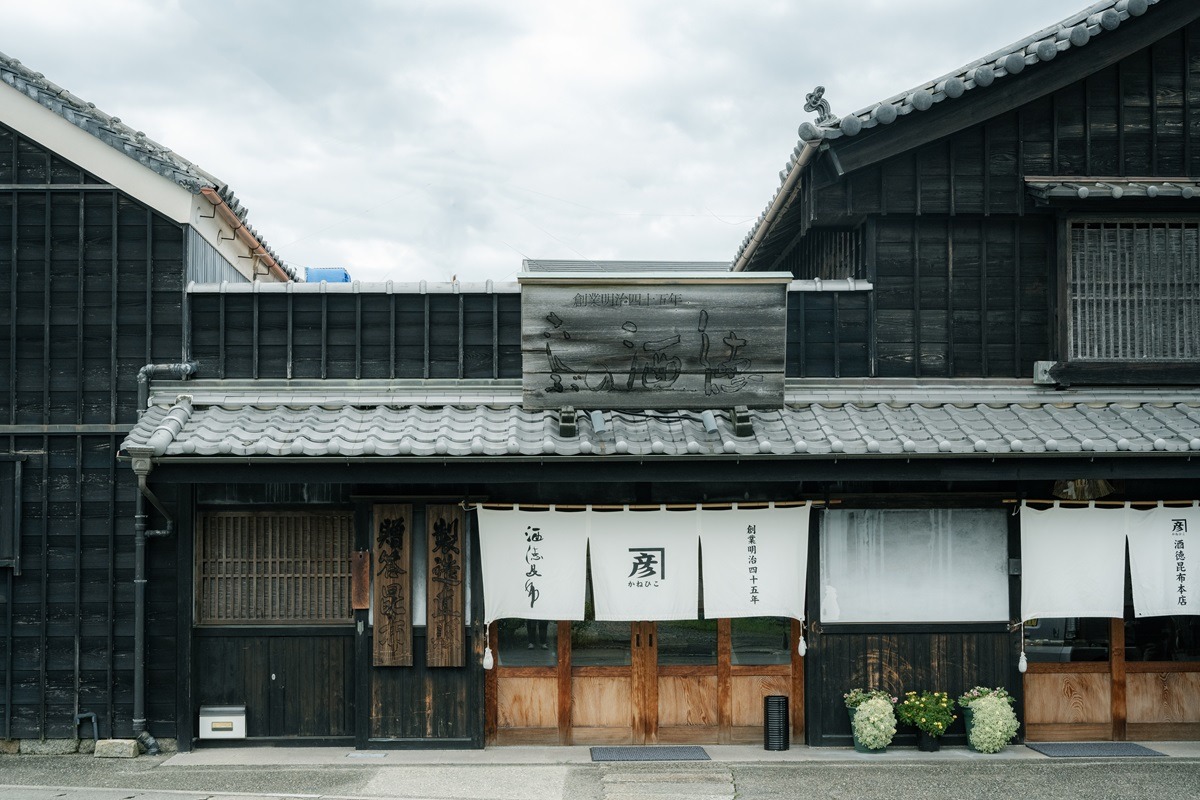
Founded in 1912, Sakatoku Kombu is a specialized kombu store. From oboro kombu to tororo kombu, dashi kombu, and tsukudani, they continue to produce traditional foodstuffs through traditional methods. Most of its products are additive-free, indicative of a reverence for the inherent goodness of the ingredients known in Ise as kinari culture, a tradition that Sakatoku Kombu inherits and carries forward.
Its main product, oboro kombu, is made by shaving the surface of the kombu. The dried kombu is softened by immersing it in a secret vinegar recipe that has been replenished for over 110 years since the store’s founding. A craftsman then shaves it with a specialized kombu knife, adjusting control and force for hardness and thickness. The final thickness of the shaved oboro kombu is about 0.01mm—so thin as to be translucent.
Ise’s oboro kombu is known for its sweetness. When placed in the mouth, it melts softly on the tongue, releasing a rich blend of umami, acidity from the vinegar, and sweetness. Delicious as is, it also pairs excellently with rice or other dishes as a topping. For those with a richer palate, the kami sarae oboro shaved from kombu’s outer side is highly recommended.
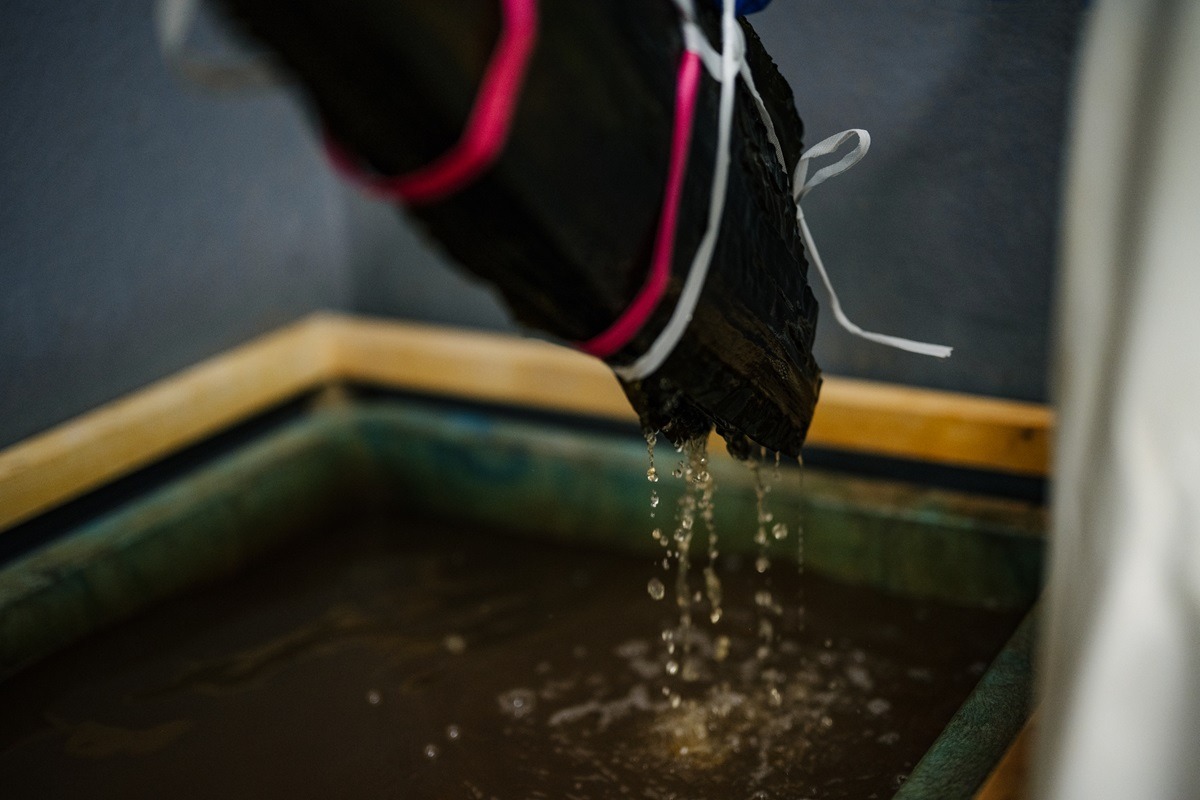
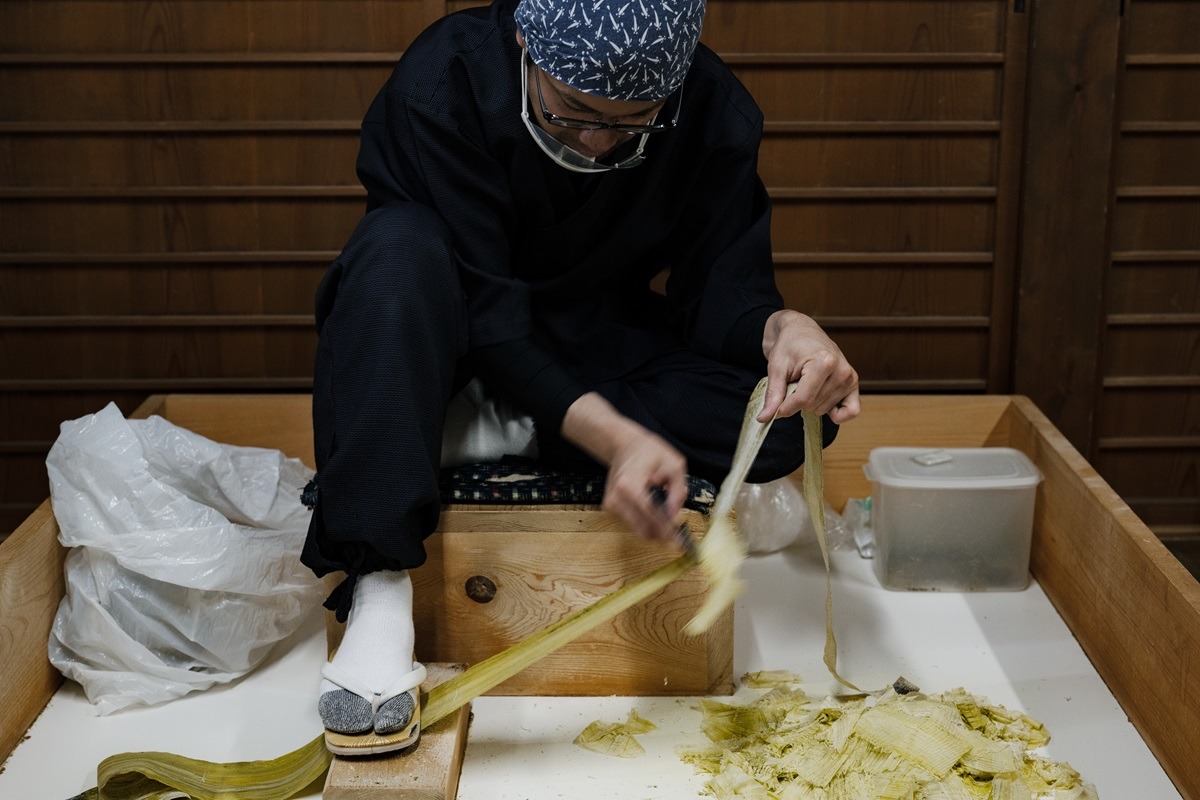

Sakatoku Kombu
Address: 2-7-20 Jingu, Ise-shi, Mie-ken
Tel.: 0596-28-2068
Hours: 9:00-18:00
Closed: Wednesdays (open on holidays and in December)
Create Your Own Dashi Blend at Additive-Free Store Okume by VISON

The Additive-Free Store Okume by VISON in Mie Prefecture is a food select shop directly managed by Okume, a long-established fish wholesaler founded in Tokyo’s Nihonbashi Market in 1871. Popular for its world-first made-to-order packs of dashi bonito stock (patent pending), customers can create their own dashi from 24 types of dashi ingredients, including katsuobushi, grilled flying fish, rishiri kombu, and shiitake mushrooms. All dashi ingredients are domestically produced and additive-free, carefully selected by Okume’s experts.
Okume’s richly flavored dashi is born from the combination of the ingredients’ umami components—inosine monophosphate (IMP), glutamate, and guanosine monophosphate (GMP). The made-to-order form classifies dashi ingredients by their umami components, allowing customers to choose from each category. “Okume’s recommended blend ratio is 4 parts base IMP: 3 parts sub IMP: 2 parts accent glutamate: 1 part hidden flavor GMP, but a dashi sommelier is on hand to help you create your preferred blend,” says store manager Inui Yuma. Having your own made-to-order dashi is surefire to elevate your everyday cooking experience.
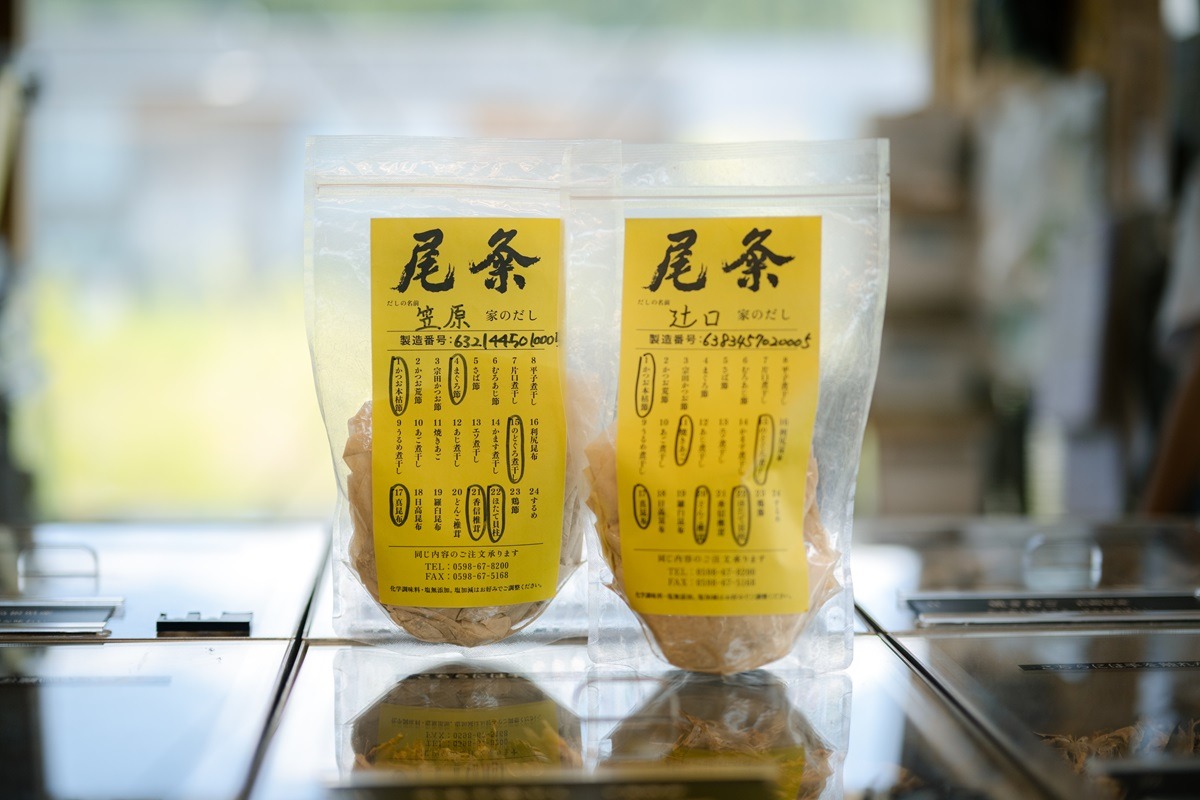
In-store approximately 400 types of foods are available, including seasonings and dressings handpicked from all over the country. The attached restaurant, Shokujidokoro Okume, serves set meals and à la carte dishes featuring specially chosen fish from across Japan, using products sold in the store, and all dishes are completely additive-free. Discover discover a wealth of natural flavors and find your own unique taste today at the Additive-Free Store Okume by VISON.
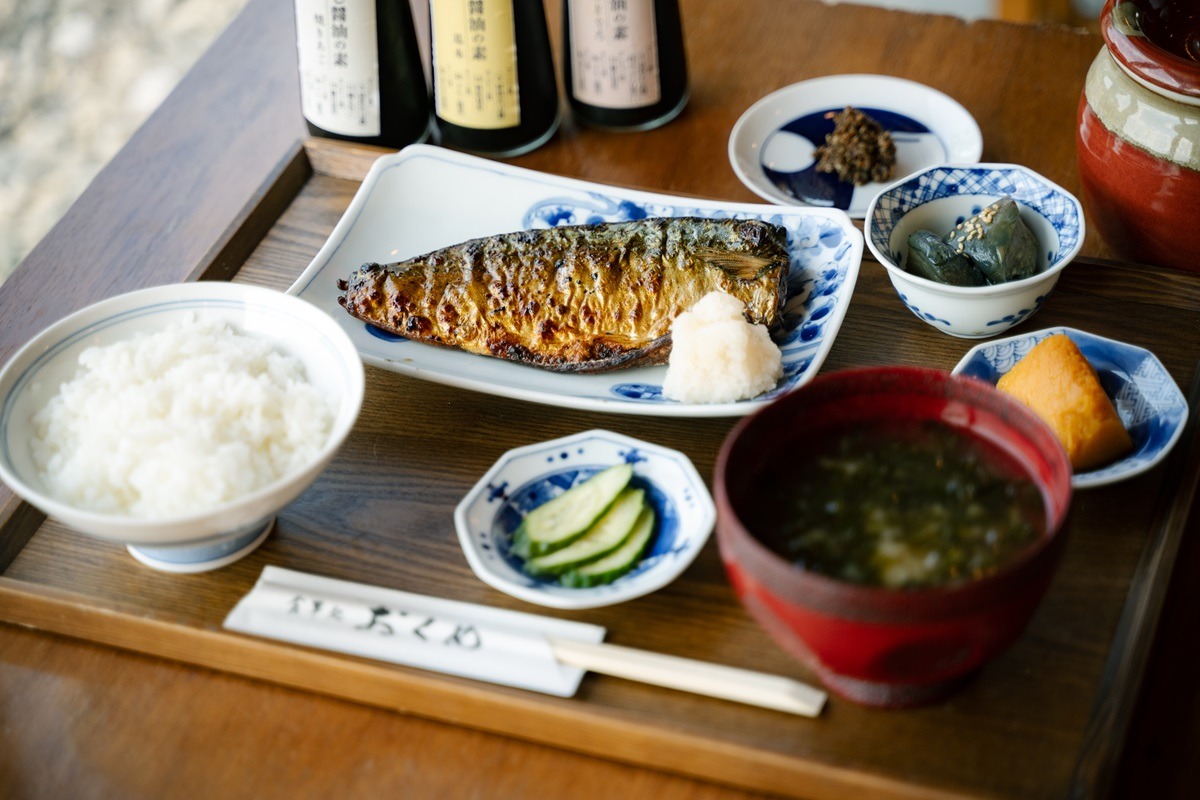
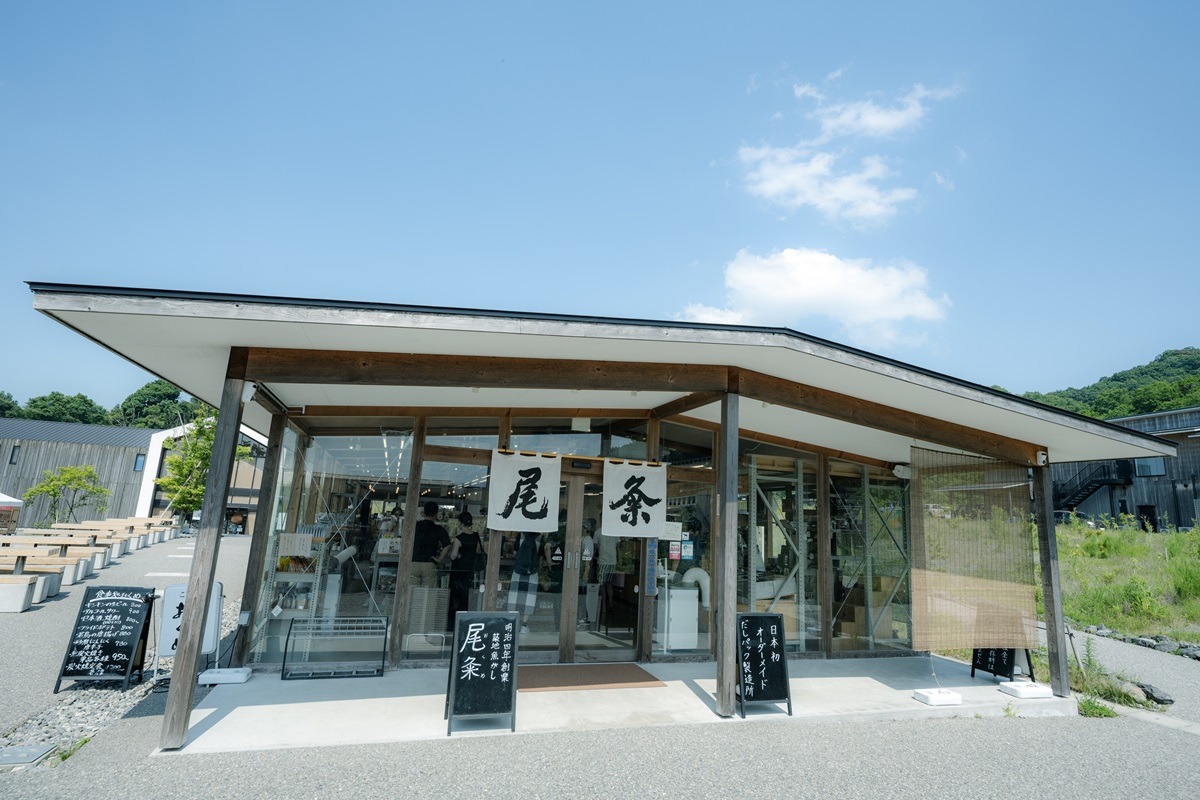

Additive-Free Store Okume by VISON
Address: Shokusai 7, 672-1 VISON, Taki-cho, Taki -gun, Mie-ken
Tel.: 0598-67-8200
Hours: 9:30-21:00 (Eat-in LO 20:30)
*From 9:00 on Saturdays, Sundays, and holidays
VISON
Address: 672-1 VISON, Taki-cho, Taki-gun, Mie-ken
Tel.: 0598-39-3190
Indulge in a Course of Pure Umami with Mie-Brand Anorifugu, the King of White Fish
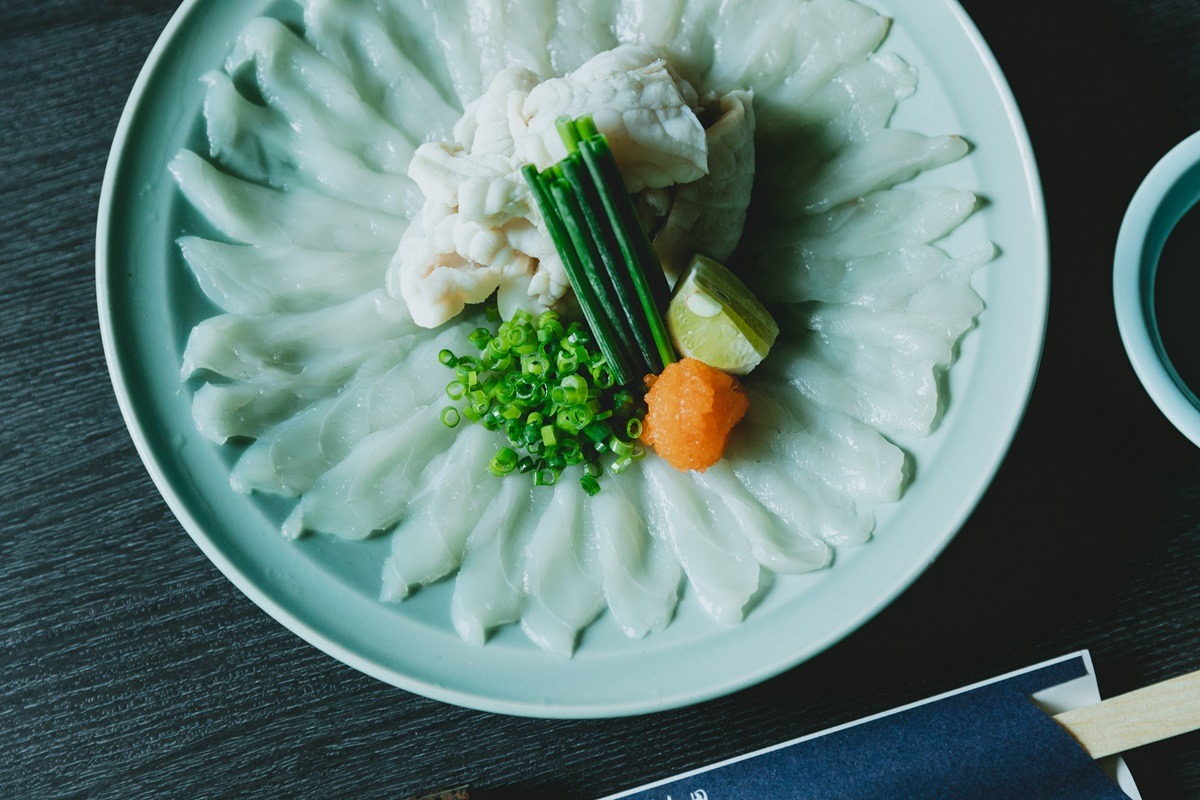
As mentioned earlier, the ingredients for dashi, such as bonito flakes and kombu, are fundamental to Japanese culinary culture. In Japanese cuisine, there are a variety of gourmet dishes that use dashi to bring out the inherent umami of the ingredients.
When it comes to winter delicacies in Ise-Shima, along with Ise ebi (lobster) and Matoya oysters, anorifugu is a must. Anorifugu refers to wild tiger pufferfish weighing over 700 grams caught in the area from the Enshu Sea to the Kumano Sea, including Ise Bay. Considered the pinnacle of luxury fish, tiger pufferfish is called the “king” of white fish for its superior number of umami components compared to other species.
Marusei is the first commercial store to handling anorifugu. As the direct outlet of a wholesaler, it offers fresh and flavorful fugu pufferfish packed with intense umami in a full set course, including sashimi, grilled, fried, and hot pot dishes, making use of every part of the fish. (Anorifugu full course, 2+ people, 9 dishes per person, 12,100 yen; prices at time of writing.)
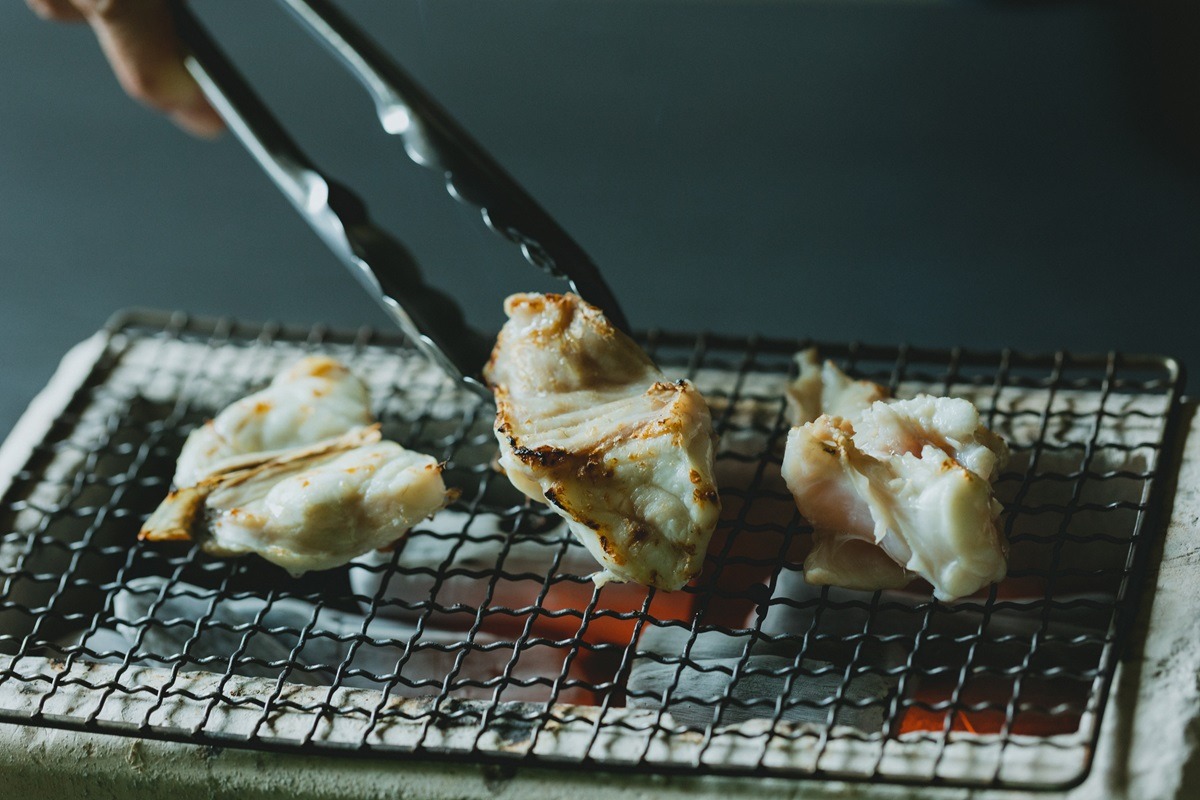
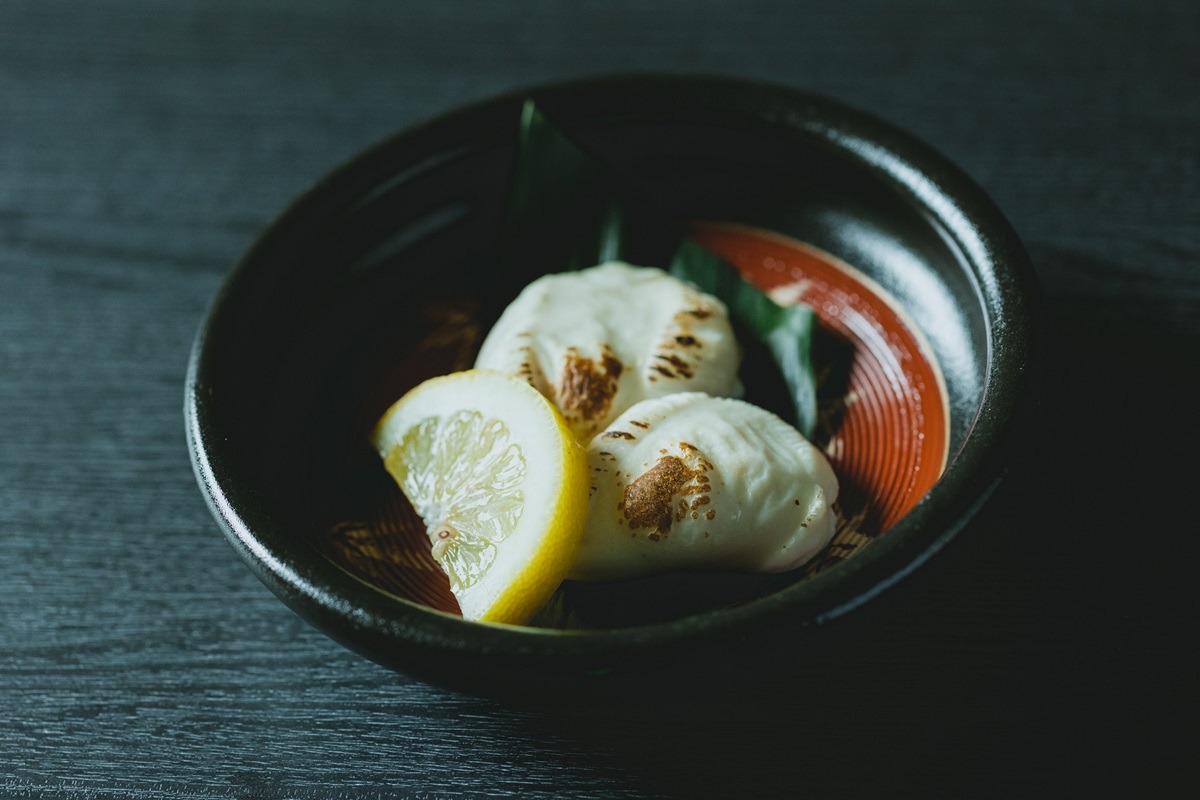
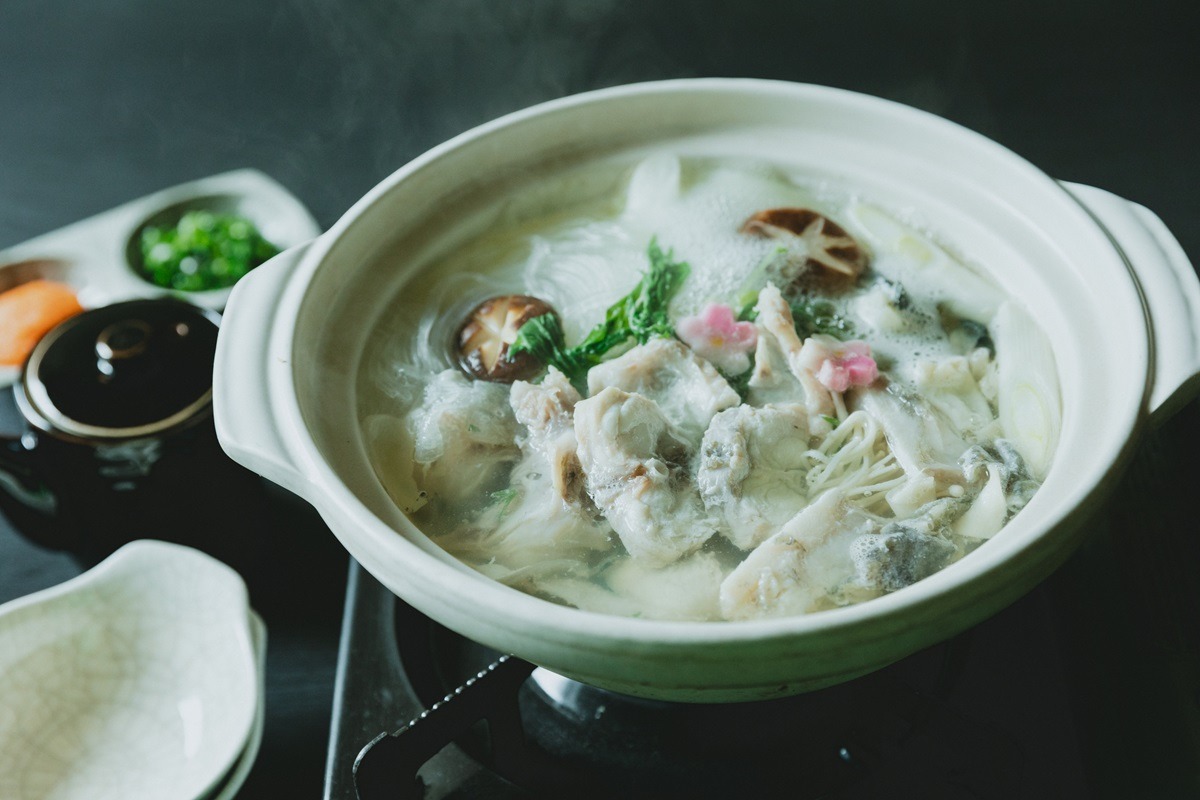
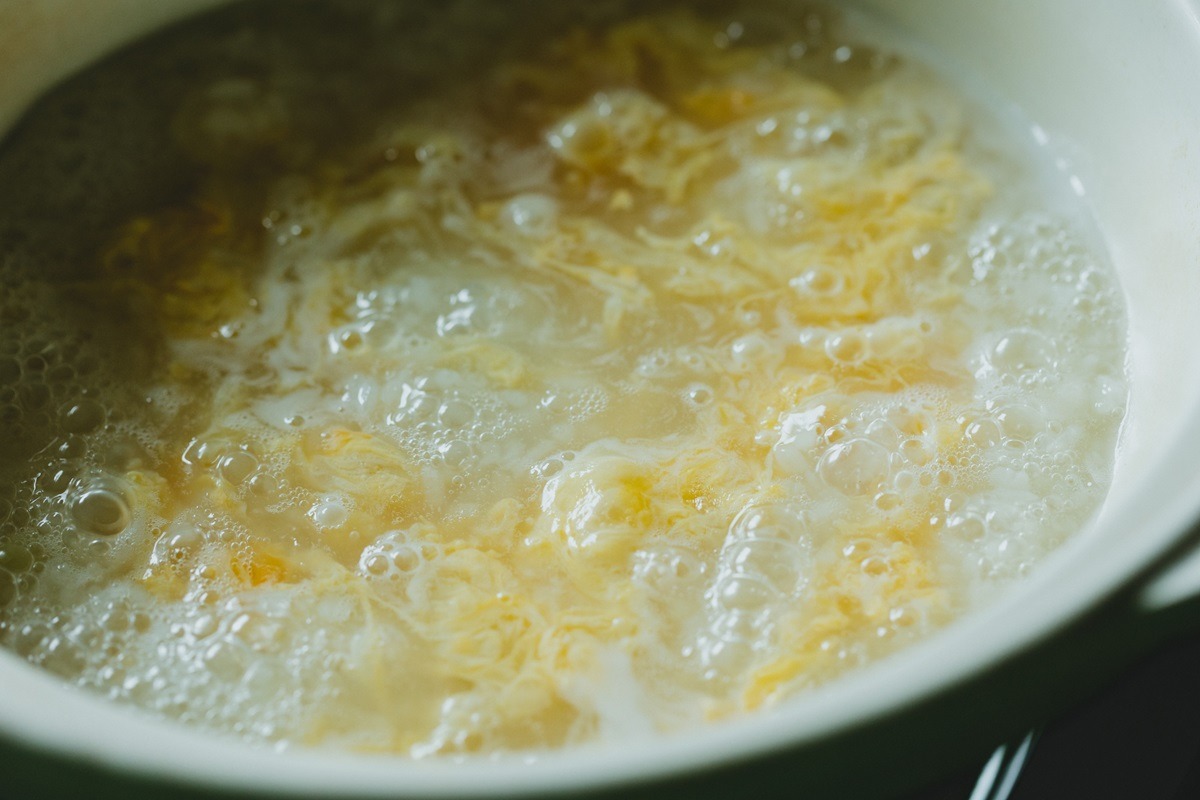

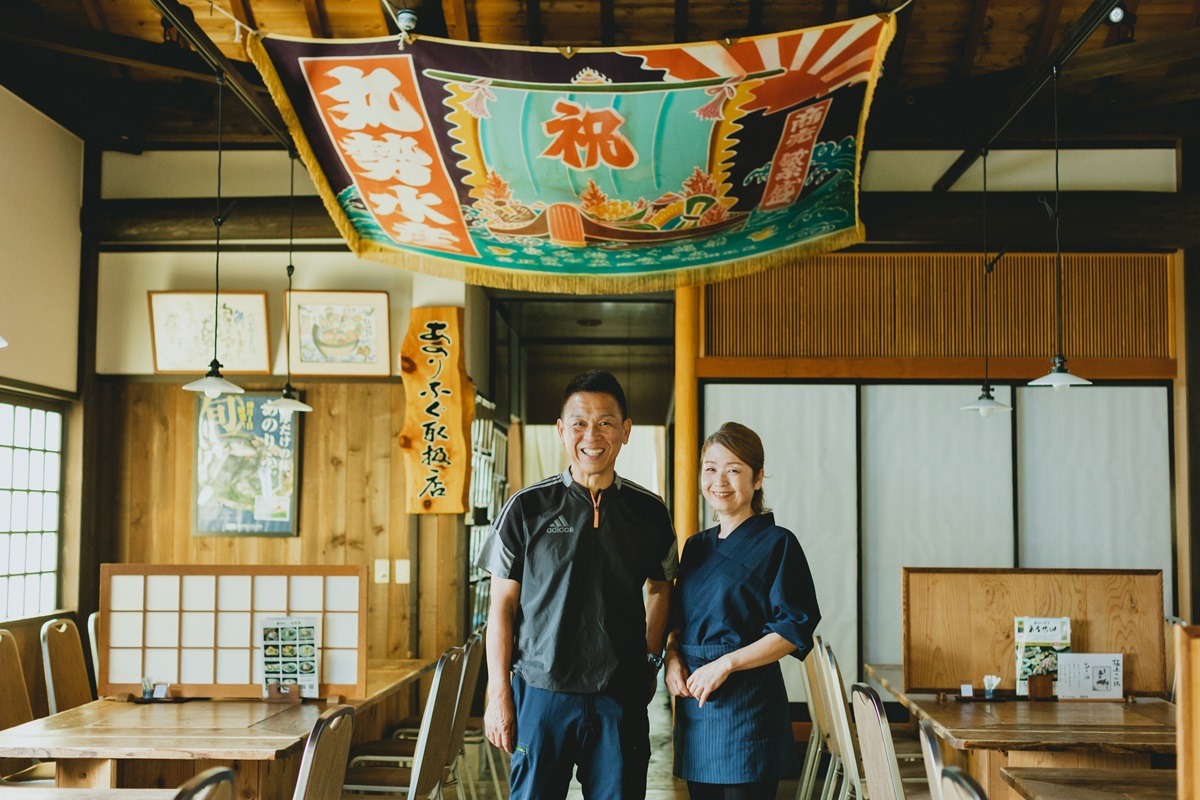
The fugu season runs from October to March. From April to September, the restaurant is reservation-only and offers selected local fish dishes chosen by the owner, Katayama Katsuhito.
Anorifugu Ryori Marusei
Address: 178-3 Anori, Ago-cho, Shima -shi, Mie-ken
Tel.: 0599-47-0128
Closed: Tuesdays
Hours: 11:00-15:00 (LO 14:00)
17:00-21:00 (L.O. 20:00)
Oyster Hitsumabushi: A Whirlwind of Flavor with a Rich Oyster Chazuke Finale
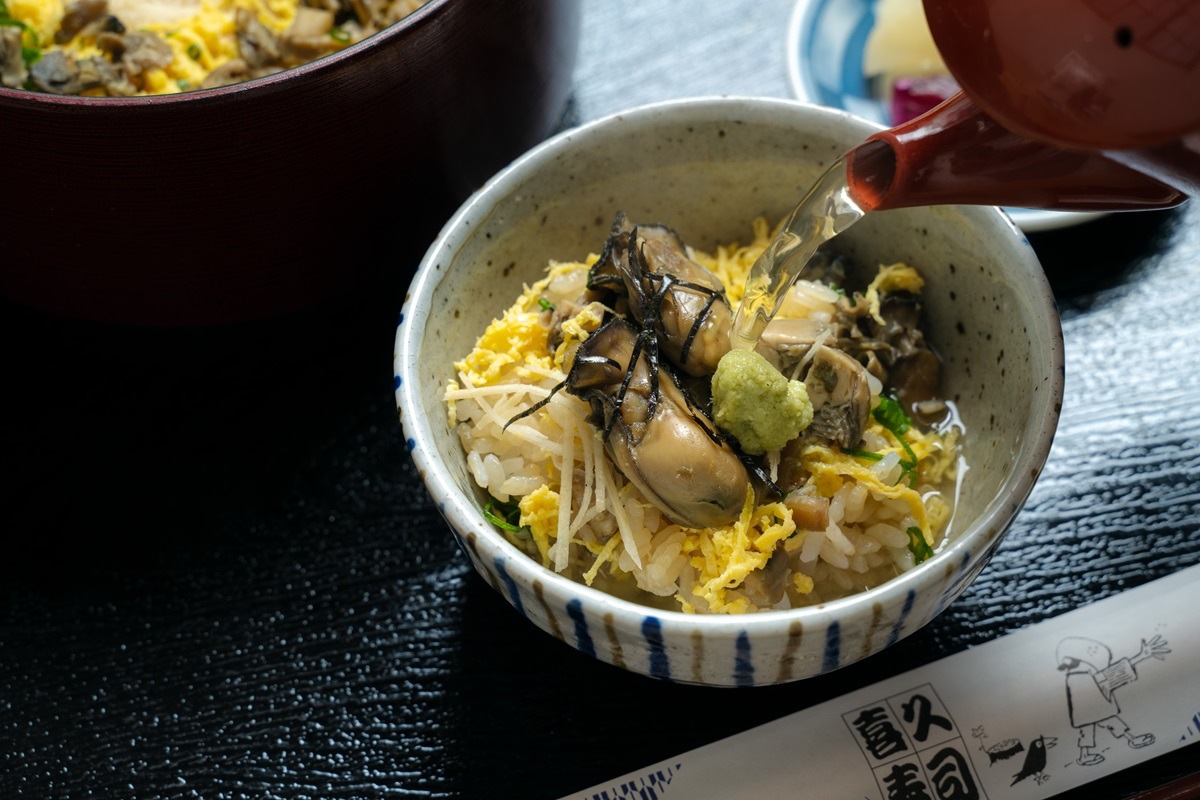
Oysters, often nicknamed the “milk of the sea,” are highly nutritious and packed with umami. Their unique richness and depth of flavor have made them popular worldwide throughout history.
In Kihoku Town , home to the UNESCO World Heritage Kumano Kodo trail, Watarigaki oysters are a specialty along with Ise ebi (lobster). Raised in brackish water lakes, these oysters are less fishy, have yellowish flesh, and are gorgeously sweet. Now celebrating its 40th anniversary, the restaurant Kikuzushi is offering up a dish unlike any other: oyster hitsumabushi.
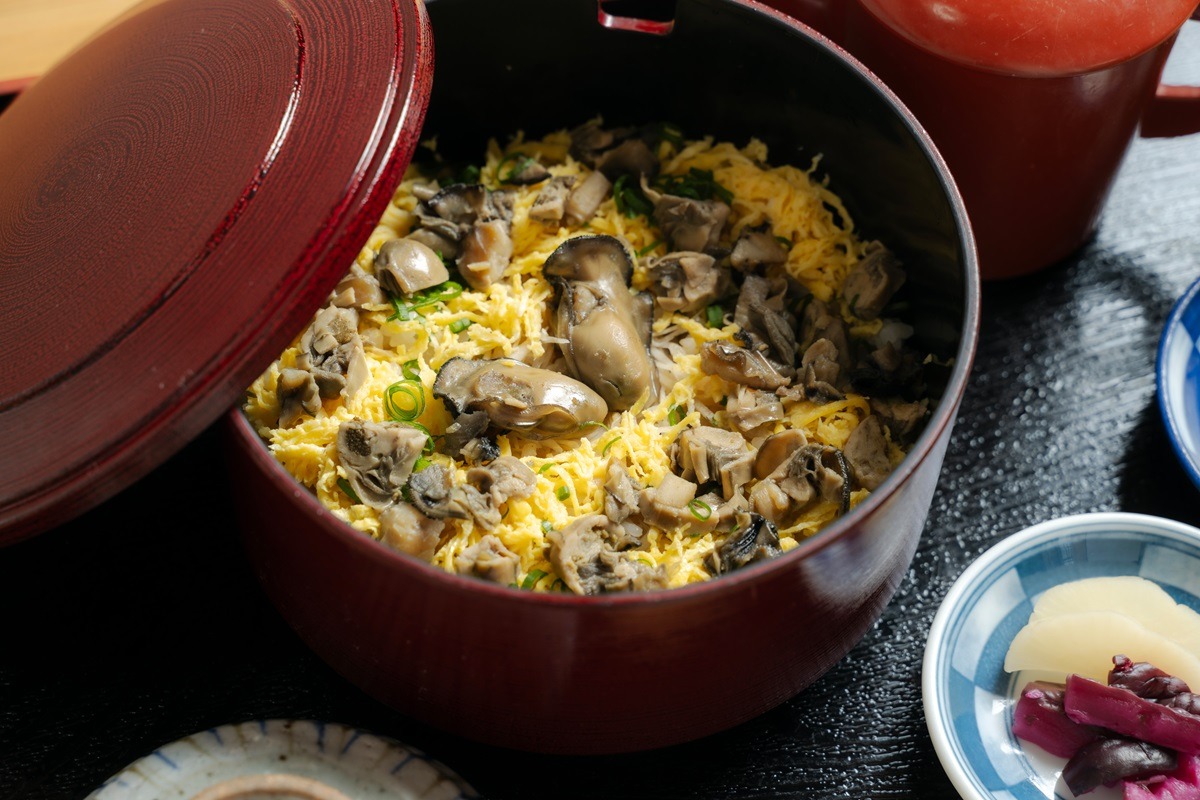
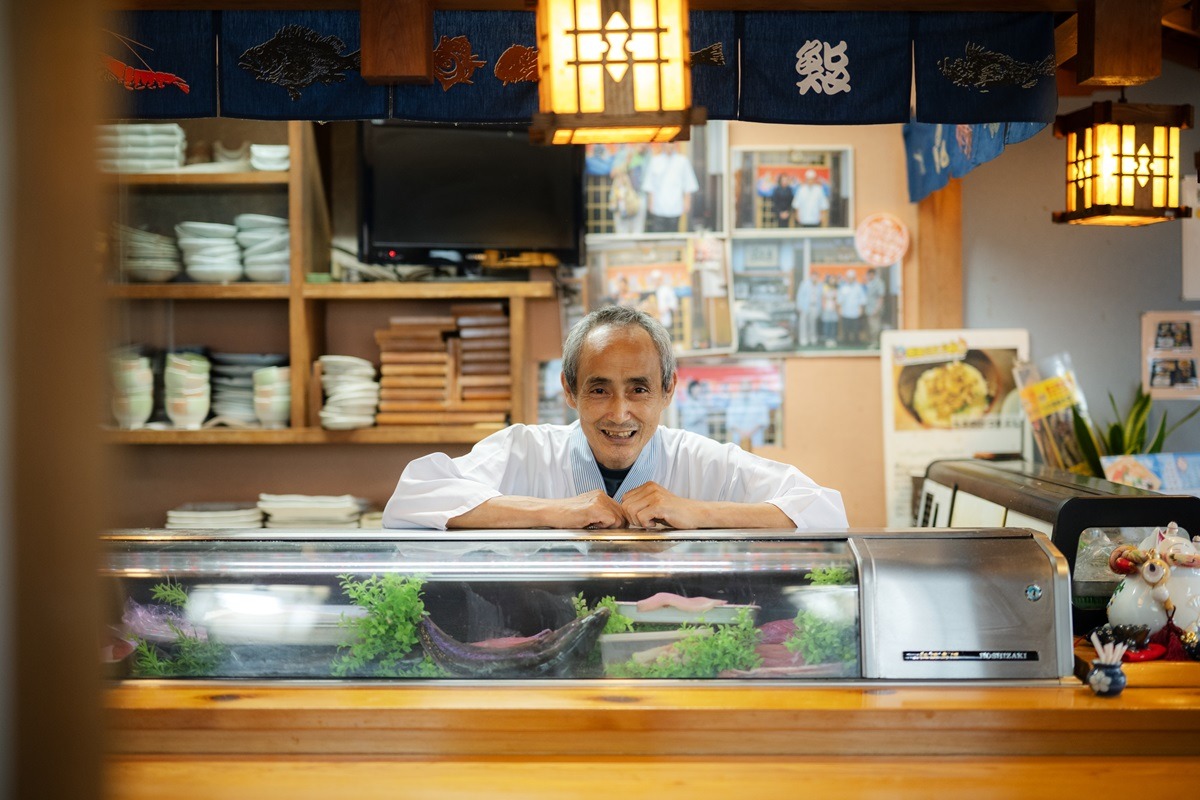
This dish, inspired by eel hitsumabushi, can be enjoyed in various ways: plain, with ginger, green onions, powdered sansho pepper, or wasabi for added flavor and depth, or even with broth poured over for a rich chazuke dish. The appeal of hitsumabushi lies in the variety of flavors it offers. Watarigaki oysters, in season from late December to February, have remarkably little bitterness, so mixing them with broth and their own juices is far from overpowering and easy to eat.
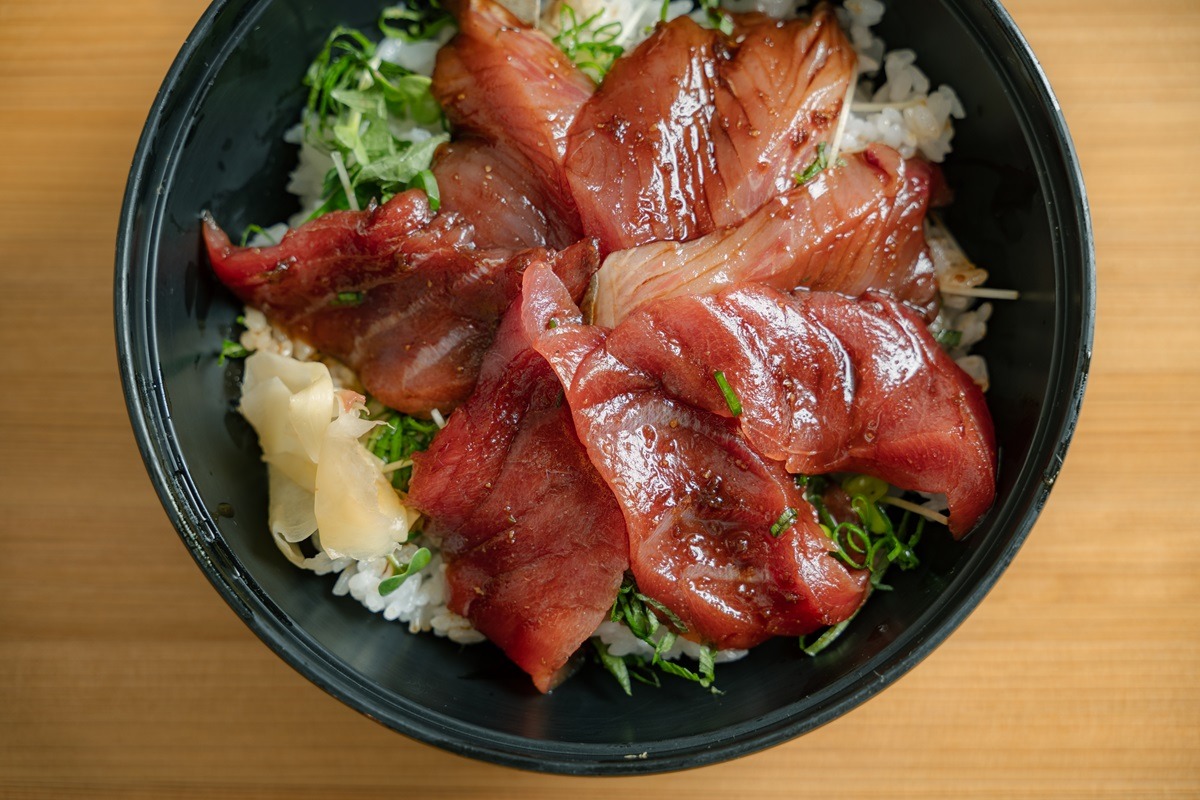
Kikuzushi
Address: 849-2 Aiga, Kihoku-cho, Kitamuro-gun, Mie-ken
Tel.: 0597-32-2036
Closed: Mondays
Hours: 11:00-14:00 (LO 13:00)
16:00-20:30 (LO 20:00)
Access to Mie Prefecture
Mie Prefecture is conveniently accessible by JR (Japan Railways) and Kintetsu trains from Osaka, Kyoto, and Nagoya.
When traveling to Mie Prefecture by JR, the JR Pass is highly convenient.
For those who wish to explore other areas mentioned in this special feature, such as the Kumano Kodo or Wakayama, the JR Tourist Pass is recommended.
Kintetsu offers direct and fast access to Mie from Osaka, Kyoto, and Nagoya without the need for transfers. The KINTETSU RAIL PASS 5 Day / 5 Day Plus provides unlimited travel on all Kintetsu lines, including Iga Railway, for five days.

You may also like

Diving in the Philippines: A Guide to the Best Spots, Best Times to Visit, and Essential Tips
Diving ranks high on the extensive list of reasons to Love the Philippines, and for many good reasons. The country is a diver’s paradise, with its thousands of islands surrounded by some of the most biodiverse marine ecosystems in the world. Get started on your underwater adventure with this Philippines diving guide!

Best Hotels in Singapore: Top Stays for Luxury, Leisure, and Everything In Between
Where you stay in Singapore will play a big role in how you experience the city. Here is a look at some of the best hotels in Singapore highlighting standout stays across the city and Sentosa Island. From stylish urban retreats to family-friendly resorts, you’ll find top-notch options to match your itinerary, travel style, and budget.

Best Hotels in Malaysia: Where to Stay Across the Country
From buzzing city centers to tropical coastlines, Malaysia is a country that caters to every kind of traveler with every kind of hotel. Here’s a roundup of some of the top hotels in Malaysia that combine excellent locations, great amenities, and real value, helping you narrow down where to stay in Malaysia no matter your travel style or budget.

Top Hotels in Hong Kong: Best Places to Stay Across the City
Whether you’re visiting Hong Kong for the vibrant food scene, high-rise shopping districts, or a peaceful escape in the outlying islands, choosing the right place to stay can elevate your entire experience. This roundup of the top hotels in Hong Kong brings together stylish urban retreats, conveniently located business hotels, and relaxing escapes, all with easy access to the city’s most iconic spots. If you’re wondering where to stay in Hong Kong, these top picks are a great place to start.

Best Hotels in Taiwan: Top Picks for Every Type of Traveler
Whether you’re drawn to Taiwan for its street food, hiking trails, or vibrant cultural history, finding the right place to stay can make your trip even more memorable. The best hotels in Taiwan offer more than just a place to sleep; they help complete the whole experience. Whether you’re staying for a weekend or a few weeks, these hotel recommendations will help you find the right fit for your travel style.

Best Hotels in China: Top Stays from Shenzhen to Suzhou
From tech-forward business hubs in Shenzhen to scenic water towns like Suzhou, this overview of the best hotels in China will help you figure out where to stay in China, no matter your travel style. With options ranging from sleek skyscraper suites to tranquil garden resorts, there’s truly something for everyone.

What to Buy in Seoul: Shop in Myeongdong, Namdaemun & More!
Indeed, the shopping scene is legendary in South Korea, and knowing what to buy in Seoul is key to planning a fantastic …

Discover 10 Fun Things to Do in Florence Beyond the Tourist Trail
Discover 10 unforgettable experiences in Florence beyond the tourist trail. Uncover hidden gems and local favorites—start your adventure today!

Discover 10 Fun Places to Visit in Mumbai with Friends
Discover the ultimate Mumbai adventure! Explore 10 fun-filled places to visit in Mumbai with friends and create unforgettable memories. Start your journey now!

Chill Out in Goa: Explore the Best Snow Park Experience
Discover the ultimate snow park experience in Goa! From thrilling rides to family fun, explore our guide and plan your perfect chill-out day.
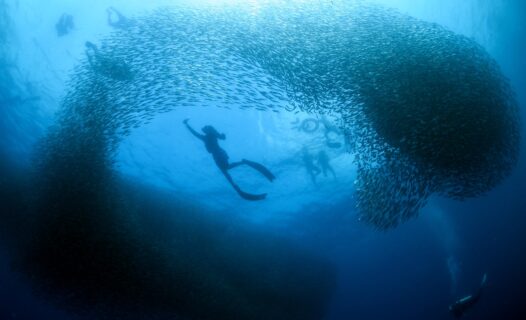
Discover Where Sinulog Festival is Celebrated in Cebu!
Discover where the Sinulog Festival is celebrated in Cebu, Philippines! Join the vibrant festivities and immerse yourself in this unforgettable cultural experience.

Discover Hanoi's Military History Museum: Fun & Adventure!
Discover the captivating tales at Hanoi's Military History Museum! Dive into a fun day of learning and adventure—plan your visit now!

Capture Lory Park Zoo Photos: Your Ultimate Johannesburg Guide
Capture unforgettable moments at Lory Park Zoo! Discover tips for stunning lory park zoo photos and make your Johannesburg adventure memorable. Click to learn more!

Discover Mumbai's Famous Places: Top 10 Epic Adventures
Discover Mumbai's famous places that promise an epic adventure! Explore our top 10 must-visit spots and start planning your unforgettable journey today!

The Aryavart Escape: Snap Stunning Panshet Photos in Pune
Discover the Aryavart Escape and capture stunning Panshet photos on your Pune getaway! Dive into our guide for tips and breathtaking spots. Start your adventure now!

Explore Hanoi's Train Street: Coffee & Scenic Journeys
Discover the charm of Hanoi's Train Street! Join us for a day of thrilling train sightings and delightful coffee sips. Click to explore this unique experience!

Swim with Sharks at Dubai Aquarium: An Unforgettable Adventure
Dive into adventure at the Dubai Aquarium! Discover the thrill of swimming with sharks and make unforgettable memories. Plan your visit today!
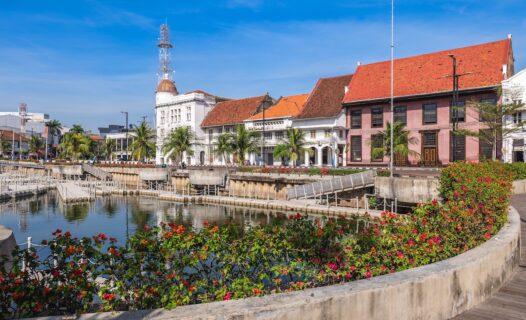
Central Jakarta: Discover Street Eats & Hidden Cafés
Discover Central Jakarta's vibrant food scene! Dive into street eats and hidden cafés that will tantalize your taste buds. Start your culinary adventure now!

Discover 10 Quirky Bangkok Things to Do That Will Make You Smile
Discover Bangkok's quirky side with 10 unusual things to do that will make you smile. Dive into the fun—explore now for a unique adventure!

Kolkata to Digha Train: Your Ultimate Beach Adventure Guide
Embark on a thrilling train journey from Kolkata to Digha! Discover beach bliss and adventure. Read more to plan your perfect getaway today!

Experience Hatyai's Floating Market: A Delicious Adventure
Explore the vibrant floating market in Hatyai! Savor local delicacies and experience unique culture. Dive into delicious adventures today!

10 Notre-Dame Basilica Reviews That Will Captivate You
Discover the magic of Montreal through 10 must-read Notre-Dame Basilica reviews that will captivate your heart. Dive in and fall in love today!



